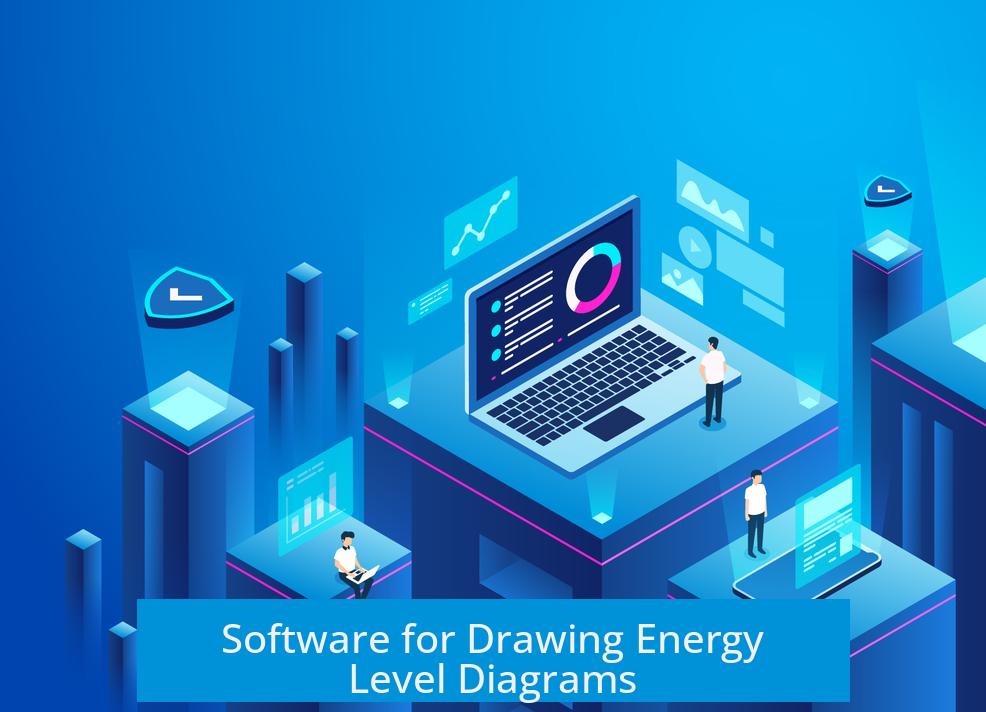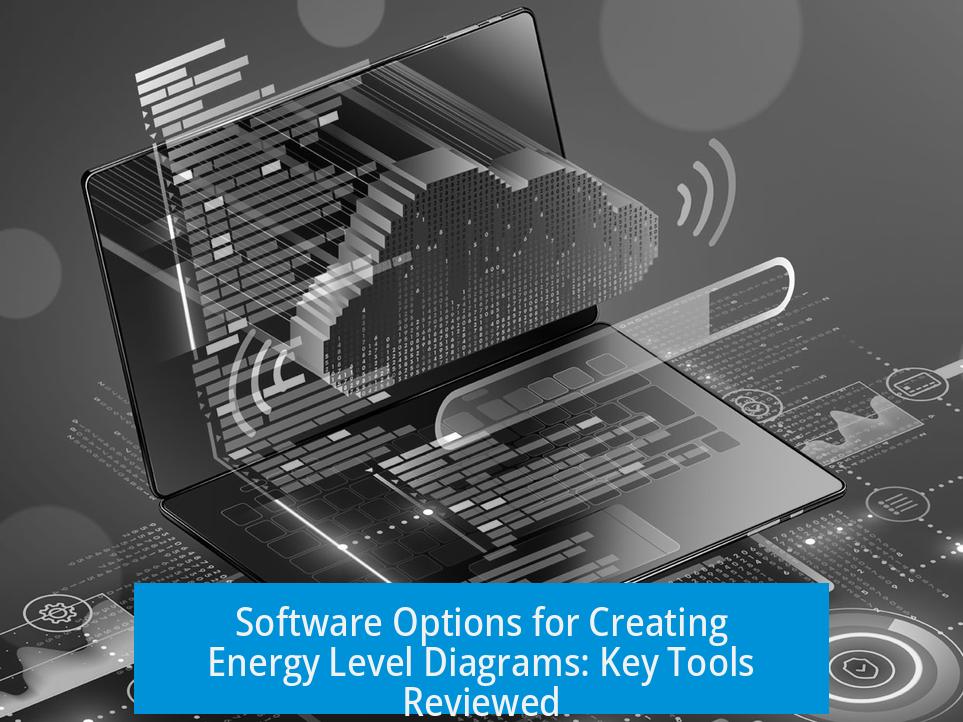Software for Drawing Energy Level Diagrams

ChemDraw, vector graphic editors, computational tools, and spreadsheets can all be used to create energy level diagrams, each catering to different needs and levels of complexity. This article reviews the main options available for chemists and educators aiming to illustrate energy levels visually.
ChemDraw: A Simple and Adaptable Choice
ChemDraw remains a popular choice for drawing energy level diagrams, especially in educational contexts. By creatively using standard chemical bond tools, such as C-C bonds, users can represent energy levels as parallel lines. This method offers a quick and straightforward way to sketch spectra or level diagrams without additional software.
The flexibility of ChemDraw suits basic requirements well. For instance, educators designing diagrams for spectroscopy classes find it practical. However, it may lack advanced graphical refinement seen in dedicated design software.
Vector Graphic Editors: Illustrator and Inkscape
For detailed and polished diagrams, vector graphic editors like Adobe Illustrator and Inkscape provide greater control. Users can customize line styles, colors, and layouts precisely.
- Allow layering and grouping of elements
- Offer scalable graphics maintaining clarity
- Support export in multiple formats for publication
These tools, however, require graphic design familiarity and do not inherently contain chemistry-specific features.
Computational Chemistry and Visualization Tools
Combining computational chemistry packages such as Gaussian with visualization software like Avogadro enables users to extract real energy values from calculations. These values can be plotted or represented visually within the software.
This approach suits researchers needing diagrams based on actual computed energy levels rather than schematic representations. It bridges theoretical data and visual output but involves more complex workflows.
Spreadsheet Software: Microsoft Excel
Another option involves using spreadsheet applications like Excel. By manually creating line diagrams or correlation plots, Excel users can represent energy levels effectively. This method is especially useful for integrating numerical data with visuals.
Excel benefits include widespread availability and familiarity among scientists. Limitations include less flexibility in graphic aesthetics compared to dedicated design programs.
Summary of Software Options for Energy Level Diagrams
| Software | Strengths | Best Use Case |
|---|---|---|
| ChemDraw | Simple, schematic, chemistry-oriented | Quick basic diagrams for teaching and publications |
| Illustrator/Inkscape | Highly customizable vector graphics | Polished and detailed professional figures |
| Gaussian + Avogadro | Computational data visualization | Diagrams based on calculated energy levels |
| Excel | Numerical integration and correlation plots | Data-driven diagrams with manual styling |
Key Takeaways
- ChemDraw is suitable for straightforward energy level diagrams.
- Vector graphic editors offer detailed customization but need design skills.
- Gaussian and Avogadro combine computation with visualization for accuracy.
- Excel works for plotting correlation diagrams and simple energy level schemes.
- Choice depends on complexity, purpose, and user familiarity with software.





Leave a Comment